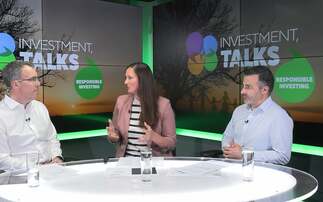
The Momentum premium arises from mistakes in human reasoning. Despite being conceptually simple and publicly known, it remains a strong factor across numerous asset classes.
Behavioral finance theories shed light on why it exists and why it has not been arbitraged away.
As a concept, momentum investing is simple: buy (overweight) assets that have recently outperformed their peers and sell (underweight) those that have underperformed. Despite the relative simplicity of this investment approach, the factor has been able to generate strong long-term performance in equity markets.
This is illustrated in Figure 1, which shows the 10-year returns of various factors since the 1930s. We have seen that momentum has delivered the highest gross returns in five out of nine decades and beat the market in all nine. Moreover, recent evidence indicates that it continues to be one of the strongest factors and that it has not been arbitraged away.1
Figure 1 | Historical performance of equity factor premiums
Source: Data library of Professor Kenneth French, Robeco. All factors are long-only portfolios of US stocks that are invested 50% in big and 50% in small top factor portfolio based on 2x3 size-factor sorts from Professor Kenneth French. The low volatility factor is constructed in the same way, but is obtained from Robeco.com/data. Quality is an equal-weight combination of operating profitability and investment portfolios of Professor Kenneth French. Sample runs from January 1930 till December of 2019 for all factors but quality, which starts in July of 1963.
To understand why momentum investing has performed so well and not been arbitraged away, one needs to understand why this phenomenon exists in the first place.
Risk-based theories fall short in their explanations
According to the neoclassical school of thought, the momentum premium is compensation for bearing some systematic risk. In practice, momentum is a fast-changing factor and the stocks it favours can change substantially from one month to the next. Therefore, from a risk-based perspective, the premium could stem either from the constant change in financial market risks or shifts in how much risk investors are willing to bear. However, real-world evidence suggests these components actually change slowly.
Behavioral biases give rise to Momentum premium
Where neoclassical, risk-based theories have failed, behavioral finance has been more successful at explaining the existence of the momentum factor. Unlike in mainstream, neoclassical finance, where investors are considered to be ‘rational' agents that understand risks and opportunities in financial markets, behavioral finance builds on the assumption that investors are not fully rational and they make decisions based on heuristics, which can lead to mistakes and therefore ‘anomalies'.
1Blitz, D.C., May 2021, "The Quant Crisis of 2018:2020: Cornered by Big Growth", Journal of Portfolio Management.
This post is funded by Robeco






